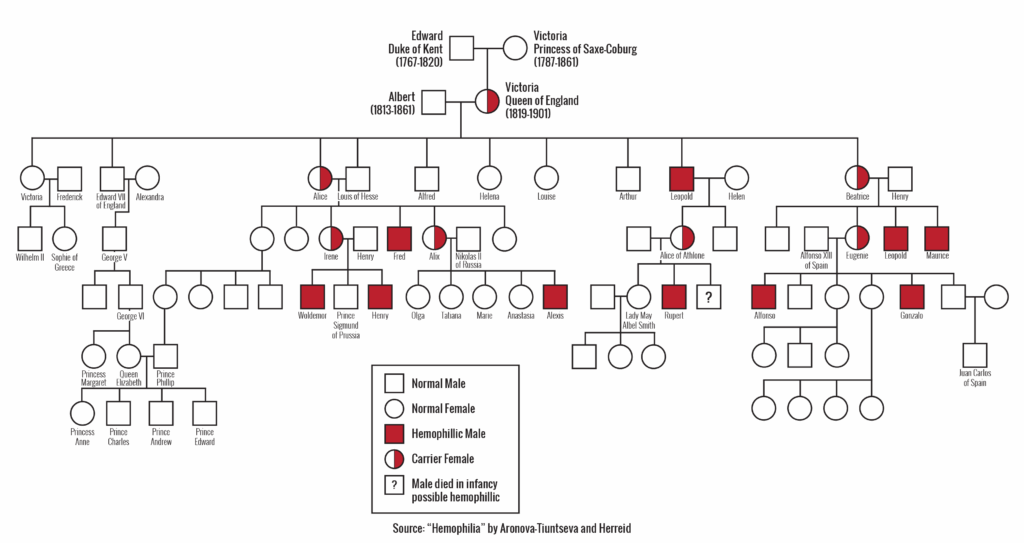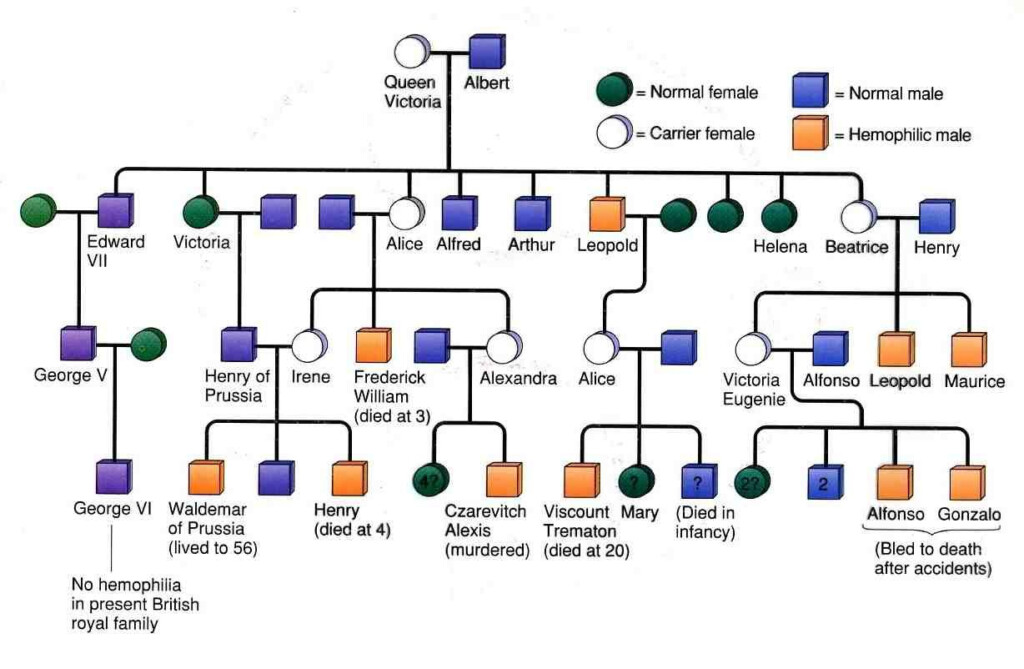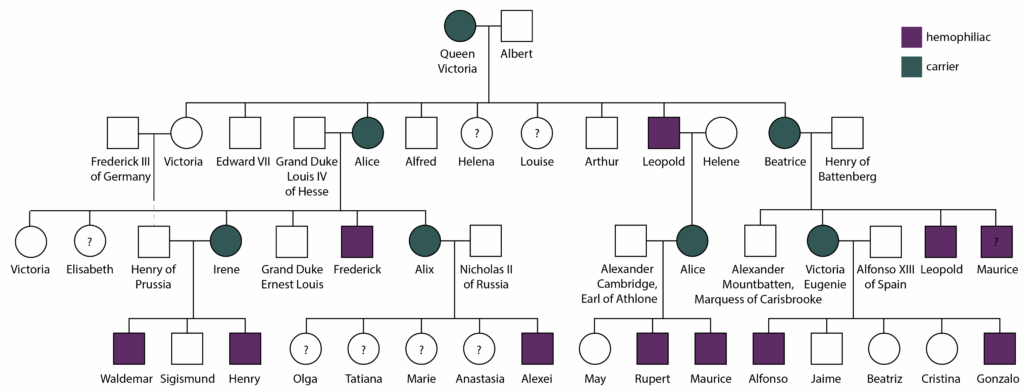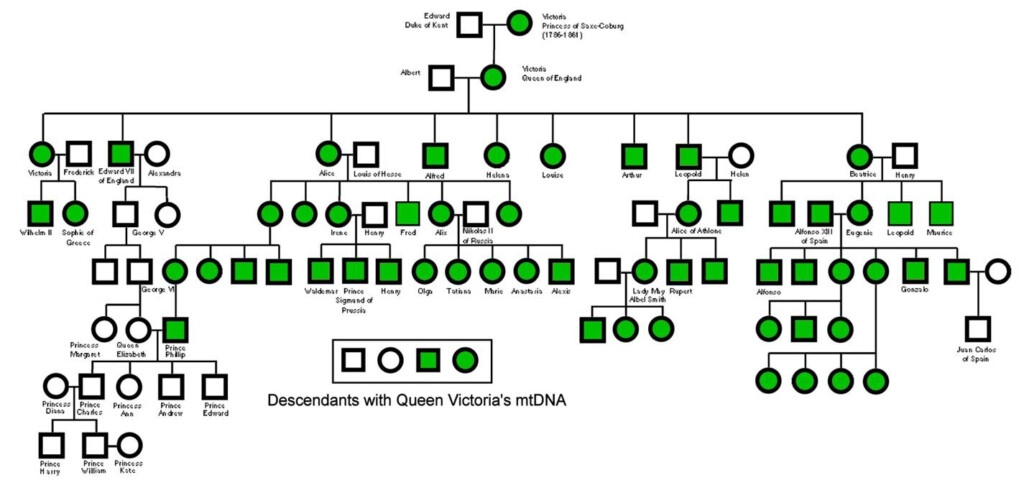When discussing the history of hemophilia, one cannot ignore the impact it had on the royal families of Europe. Hemophilia is a genetic disorder that impairs the body’s ability to form blood clots, leading to excessive bleeding and bruising. The royal families of Europe, including the British royal family, were known to carry the gene for hemophilia, leading to a significant impact on their bloodlines.
The pedigree chart of the royal family hemophilia lineage provides a fascinating look at how this genetic disorder was passed down through generations. This chart not only illustrates the inheritance pattern of hemophilia within the royal family but also sheds light on the challenges and tragedies that the affected individuals faced.
Royal Family Hemophilia Pedigree Chart
The Origins of Hemophilia in the Royal Family
The story of hemophilia in the royal family can be traced back to Queen Victoria, who carried the gene for the disorder. Queen Victoria passed the gene on to several of her children, who in turn passed it on to their descendants. One of the most well-known cases of hemophilia in the royal family was that of Alexei Nikolaevich, the son of Tsar Nicholas II of Russia. Alexei inherited hemophilia from his mother, Empress Alexandra, who was Queen Victoria’s granddaughter.
As the pedigree chart of the royal family hemophilia lineage shows, the gene for hemophilia continued to be passed down through generations, affecting numerous members of the royal family. The disorder had a significant impact on the lives of those affected, often leading to early death or severe health complications. Despite advances in medical treatment, hemophilia remains a challenging condition to manage, particularly in the context of royal bloodlines.
Implications of the Royal Family Hemophilia Pedigree Chart
Studying the royal family hemophilia pedigree chart provides valuable insights into the genetic inheritance of hemophilia and the impact it had on the royal families of Europe. By examining the chart, researchers can better understand the transmission patterns of hemophilia and how it spread within the royal bloodlines.
Furthermore, the royal family hemophilia pedigree chart serves as a reminder of the importance of genetic testing and counseling in identifying and managing inherited disorders. By understanding the genetic risks associated with hemophilia, individuals can make informed decisions about their health and future family planning.
Conclusion
The royal family hemophilia pedigree chart offers a compelling glimpse into the history of hemophilia within the royal families of Europe. By exploring the inheritance patterns and impact of hemophilia on the lives of royal family members, we gain a deeper understanding of this genetic disorder and its implications. As we continue to study and learn from the royal family hemophilia pedigree chart, we can further our knowledge of genetic inheritance and improve our ability to manage inherited disorders.
Download Royal Family Hemophilia Pedigree Chart
Hemophilia Royal Family Photos Pictures Victoria Family Tree Queen
Pin On Science
Hemophilia Pedigree Chart Royal Family
Pedigree Charts Hemophilia In The Royal Family Figure Albert Victoria




